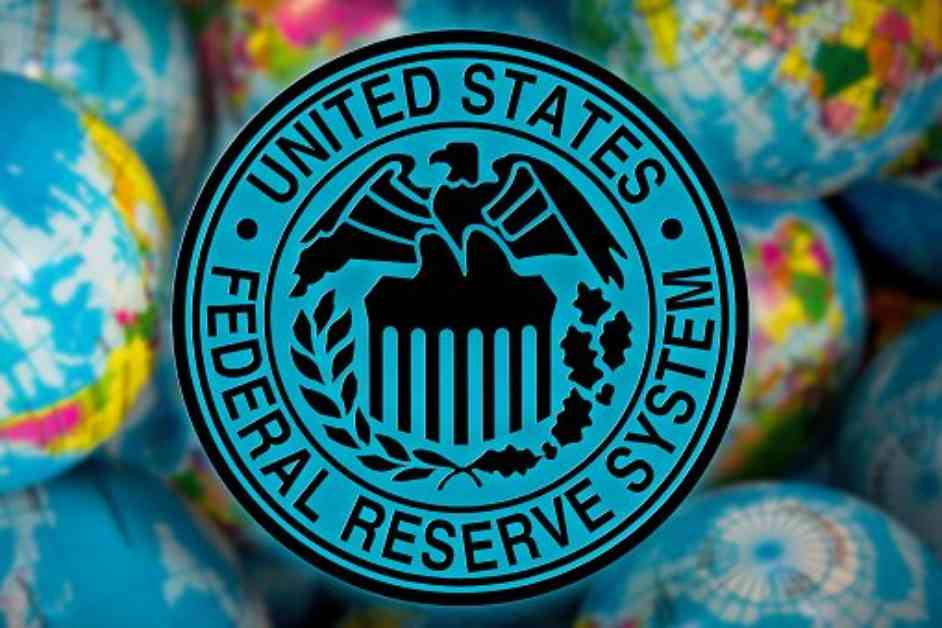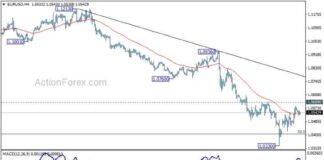In a recent speech, Dallas Federal Reserve President Lorie Logan advocated for a more cautious approach to reducing the fed funds rate, following a 50 basis points cut last month. She believes that taking a slower path would help strike a balance between controlling inflation and keeping employment levels stable.
Logan pointed out that both inflation and the labor market are near their target levels and not overheated. She suggested that a less restrictive policy would prevent the job market from cooling too much while also bringing inflation back to a sustainable level.
Despite the strong performance of inflation, consumer spending, and overall economic activity, Logan expressed concerns about uncertainties in these areas. She particularly mentioned the risk of inflation staying above the 2% goal set by the Federal Reserve.
The Dallas Fed President recommended that the Federal Open Market Committee (FOMC) should not rush to raise the fed funds target to a normal or neutral level. Instead, she advised a gradual approach while keeping a close eye on financial conditions, consumption patterns, wages, and prices.
Adding to Logan’s analysis, it is crucial to note that the Federal Reserve plays a significant role in shaping the country’s monetary policy. By adjusting the fed funds rate, the Fed can influence borrowing costs, spending, and investment in the economy. A gradual reduction in the rate can help support economic growth while also preventing potential risks of inflation or overheating.
Moreover, Logan’s emphasis on monitoring various indicators like consumption, wages, and prices highlights the complexity of economic forecasting. These factors are interconnected and can provide valuable insights into the overall health of the economy.
In conclusion, Lorie Logan’s call for a gradual approach to rate cuts reflects a cautious stance towards economic policy. By carefully balancing inflation and employment objectives, the Federal Reserve aims to sustain economic growth while mitigating risks. This strategy underscores the importance of data-driven decision-making and proactive monitoring of key economic indicators.

















